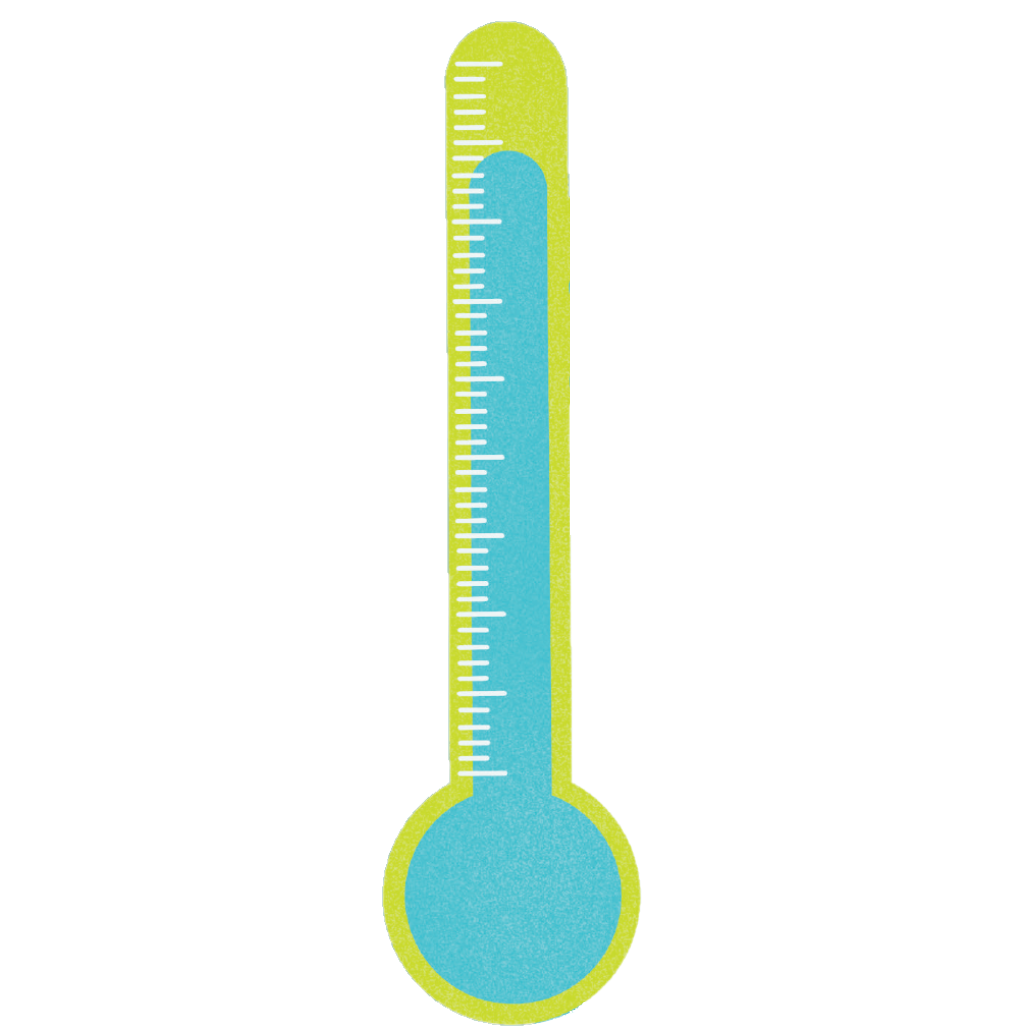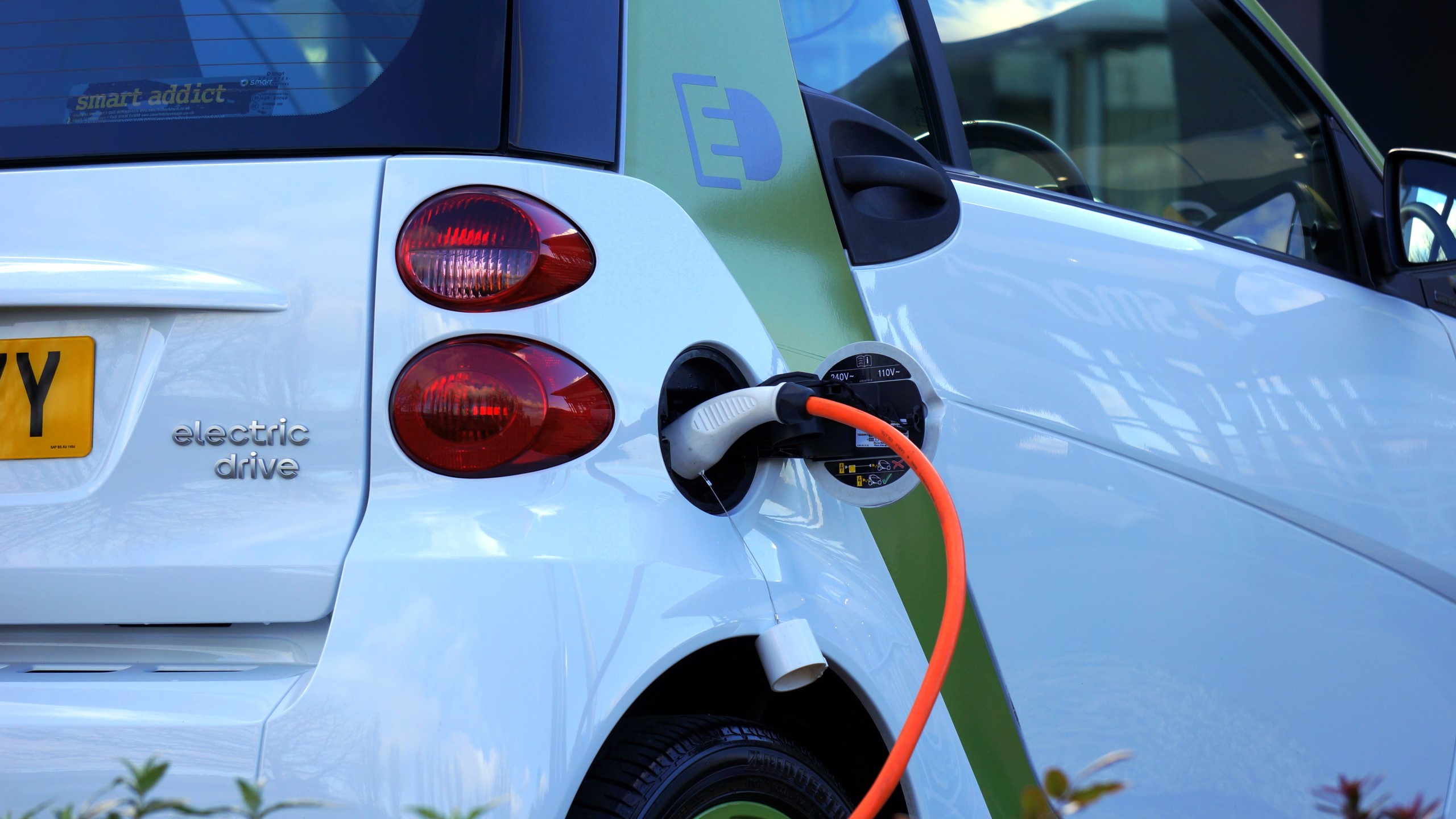
Methane is 28 times more potent than carbon dioxide when it comes to trapping heat within Earth’s atmosphere. With an estimated 1 billion cows on the planet – roughly one for every seven people – that’s a lot of greenhouse gas emissions. Your Friday night burger habit may be part of the problem, but we’re also going to need an additional 60 million tonnes of protein to feed the world’s growing population by 2050. “The huge advantage of eating something like cultured meat is that it addresses our global needs and the challenges of both food security and climate change,” says Dr Marianne Ellis from our Department of Chemical Engineering.
To produce cultured meat, muscle cells are grown in a laboratory using biopsy samples taken from an animal. These tissue samples are then submerged in a solution of nutrients, including glucose and amino acids, to encourage them to multiply. The texture of the resulting meat is best suited to burgers at present, but scientists hope they’ll eventually be able to recreate other items, such as steaks and bacon.
The process involves using cell-friendly materials formed into porous hollow fibres on which to grow the muscle cells and to provide the nutrient solution – much like blood vessels would in the body. This is much cheaper than current methods, which means it could be well suited to industrial production if it can be scaled up successfully. Marianne hopes you could be slapping one of these eco-friendly beef burgers on the barbecue in three to four years’ time.
She explains: “This method compared to traditional beef production has much less greenhouse gas emissions, has much less water use, has much less land use and reduced energy use, so it really addresses those key global challenges.”





